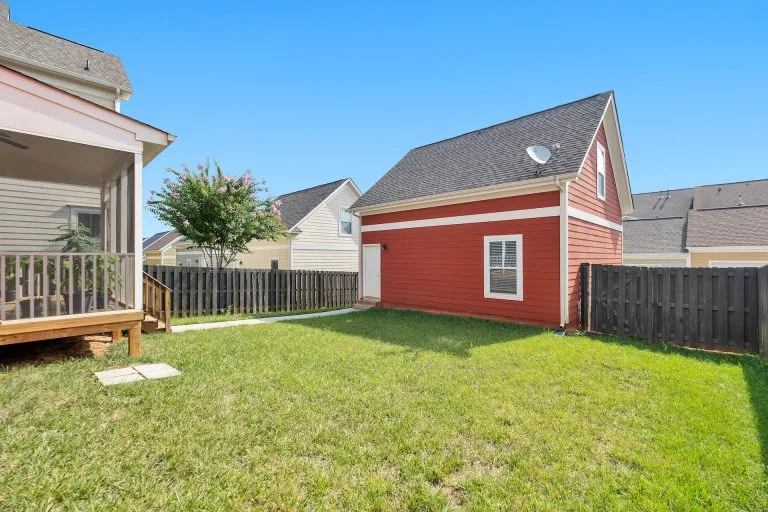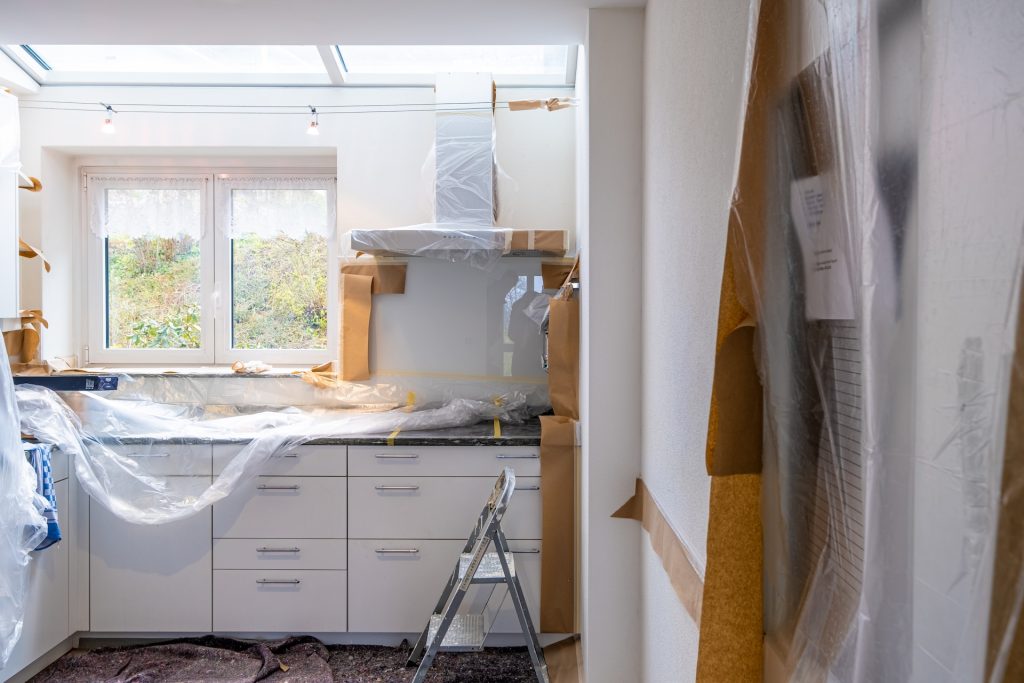Popular Posts

Attached ADUs vs. Detached ADUs: What’s The Difference?
The accessory dwelling unit (ADU) scene is booming like never before. The charm of these units lies in their adaptability; they can serve as independent rental units, workspaces, or even a cozy home for relatives. So, what’s the difference between attached ADUs and detached ADUs?
The popularity of both these types has seen a remarkable uptick recently, but how do you know which one is the right fit for your property? Let’s break down the distinctions, advantages, and considerations for attached and detached ADUs so you can make an informed choice.
Defining Attached ADUs

An attached ADU is a secondary dwelling unit that shares a wall or is built onto your primary residence. Think of it as an extension of your existing home, or in other words, an addition that shares one or more walls with the main house.
Characteristics of Attached ADUs
- Physical Connection: An attached ADU will share at least one wall with the main house.
- Shared Utilities: Depending on the municipality, utilities like electricity and water are often shared between the main home and the ADU.
- Space Efficiency: Because they utilize existing structures or build directly onto the primary residence, attached ADUs often require less land.
Integration with the Primary Residence
In most cases, the attached ADU will look like a natural extension of the primary residence, both in design and aesthetic. Even if the ADU is built as a separate unit, great care is generally taken to ensure that it blends seamlessly with the existing architectural elements.
Understanding Detached ADUs
Unlike their attached counterparts, detached ADUs are stand-alone structures that are separate from the primary residence. They are the quintessential “granny flats” or “backyard cottages” that have their own unique footprint on your property.
Standalone Structures
Detached ADUs are defined by their independence. They have their own four walls, utilities, and often even their own yard space. This makes them ideal for renters or family members who crave a bit more privacy and independence.
Placement and Spatial Considerations
When embarking on the construction of a detached Accessory Dwelling Unit (ADU) in San Diego, carefully consider your property’s layout and size. You’ll need to adhere to local zoning rules and building codes, which dictate the placement of your ADU in relation to both property boundaries and the primary residence.
In San Diego, these regulations typically include a minimum separation requirement between the primary dwelling and the ADU. While a general rule of thumb is a 6-foot separation for many properties, certain situations or lot configurations might necessitate a larger separation distance, such as 10 feet. This larger separation is often applicable in scenarios prioritizing fire safety or in specific zoning districts where maintaining the character and spacing of the neighborhood is crucial. Additionally, the size and type of the ADU, such as larger or two-story structures, could influence these requirements.
Pros and Cons: Attached ADUs
Benefits of Opting for an Attached ADU
- Shared Utilities: The sharing of utilities can be a money-saver for the homeowner in most areas
- Space To Build: Attached ADUs are particularly advantageous for properties with limited space. They utilize the existing structure of the main home, making them ideal for smaller lots where maximizing available space is crucial.
- Ease of Supervision: With the ADU being part of the main house, it’s easier to manage and oversee, which can be especially useful for rental units.
Challenges and Considerations
- Privacy Concerns: Given the physical connection to the main house, an attached ADU can sometimes compromise privacy for both parties.
- Sacrifice of Windows and Light: When transforming an external wall of the main house into an internal wall for an attached ADU, there’s often the need to sacrifice windows. This can result in less natural light and ventilation in the ADU, affecting both its aesthetic appeal and living comfort. Careful architectural planning is required to mitigate this issue and ensure sufficient light and airflow.
Ideal Scenarios for Attached ADUs
Attached ADUs work great for families looking to house aging parents or adult children. They’re also a good fit for homeowners who plan to rent the space but would like close supervision over the unit.
Pros and Cons: Detached ADUs

The Allure of Independent Structures
The main allure of detached ADUs is the level of independence and privacy they offer. They are completely separate from the main house, often having their own entrance and sometimes even their own address.
Potential Challenges of Detached Units
- More Complex Permitting: The separate structure often involves more red tape.
- Land Use: Detached units take up more yard space, which might be a consideration if you have a smaller lot.
- Challenging Topography: For properties situated on slopes or having uneven terrain, constructing a detached ADU poses additional challenges. Sloped land can complicate the building process, potentially leading to higher construction costs and more complex design considerations. This might include additional foundation work and the need for retaining walls or graded landscaping to ensure stability and accessibility.
When a Detached ADU Makes More Sense
Detached ADUs are ideal for those looking to create a completely independent living space. They are also well-suited for homeowners with larger properties
If you’re ready to explore the incredible opportunities that ADUs can bring to your property, there’s no better partner than ADU Geeks. With expertise in design, building, financing, and leasing, we offer end-to-end solutions that simplify the ADU creation journey. Schedule a free consultation with us today to discuss your vision, options, and how we can make your ADU dreams a reality.
Get Started Today
Many homeowners and investors find the time commitment, pile of paperwork, and overall process to be discouraging. Yet, with ADU Geeks, you can confidently embark on your project knowing that you have a dedicated partner who will streamline the permit process and help you unlock the full potential of your property.
ADU Geeks is ready and willing to take your ADU project from conception to completion.
Put us on your team and we’ll walk you through the entire process, including site prep, design, permitting, and construction.
Best of all, you have a front-row seat to watch your new ADU come to life.
Book a consultation call with us today. It’s free, it takes only 15 minutes of your day, and, when we’re done, we’ll be able to figure out what ADU option works best for you, your family, and your property.
Do you have questions?
We love questions.
Make sure you bring them up during your 15-minute call so we can address all of your concerns. We’re looking forward to hearing from you and setting you up for the retirement home you deserve.
This material has been prepared for informational purposes only, and is not intended to provide, and should not be relied on for, tax, legal, or accounting advice. You should consult your own tax, legal, and accounting advisors before engaging in any transaction.










